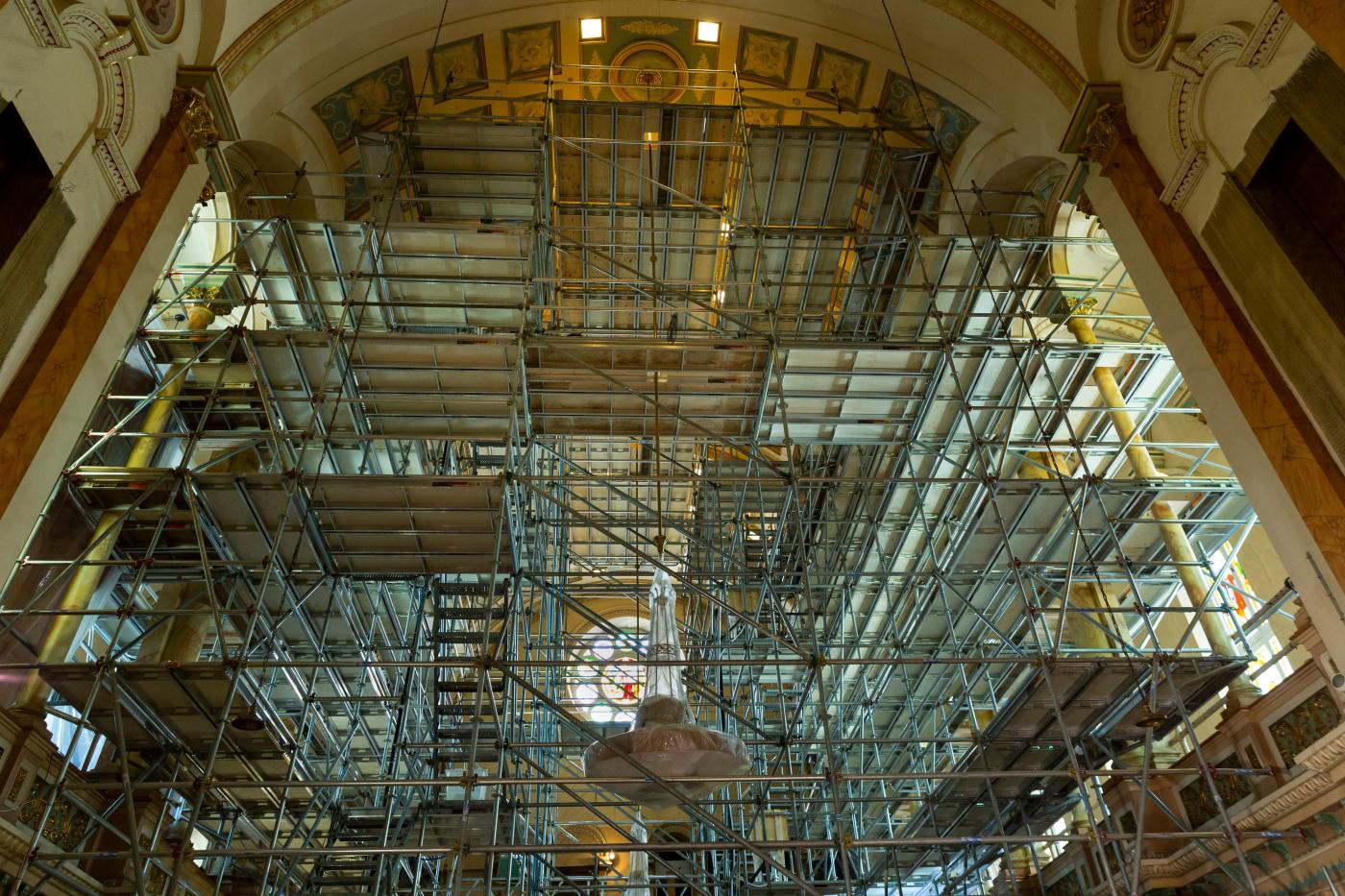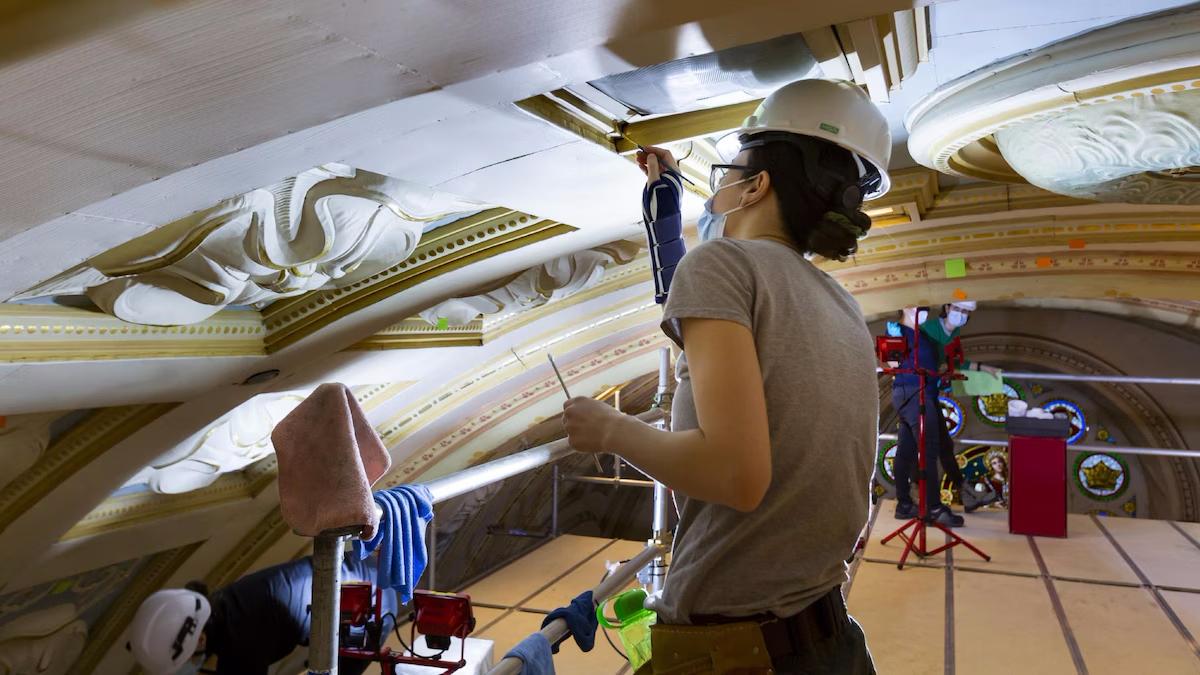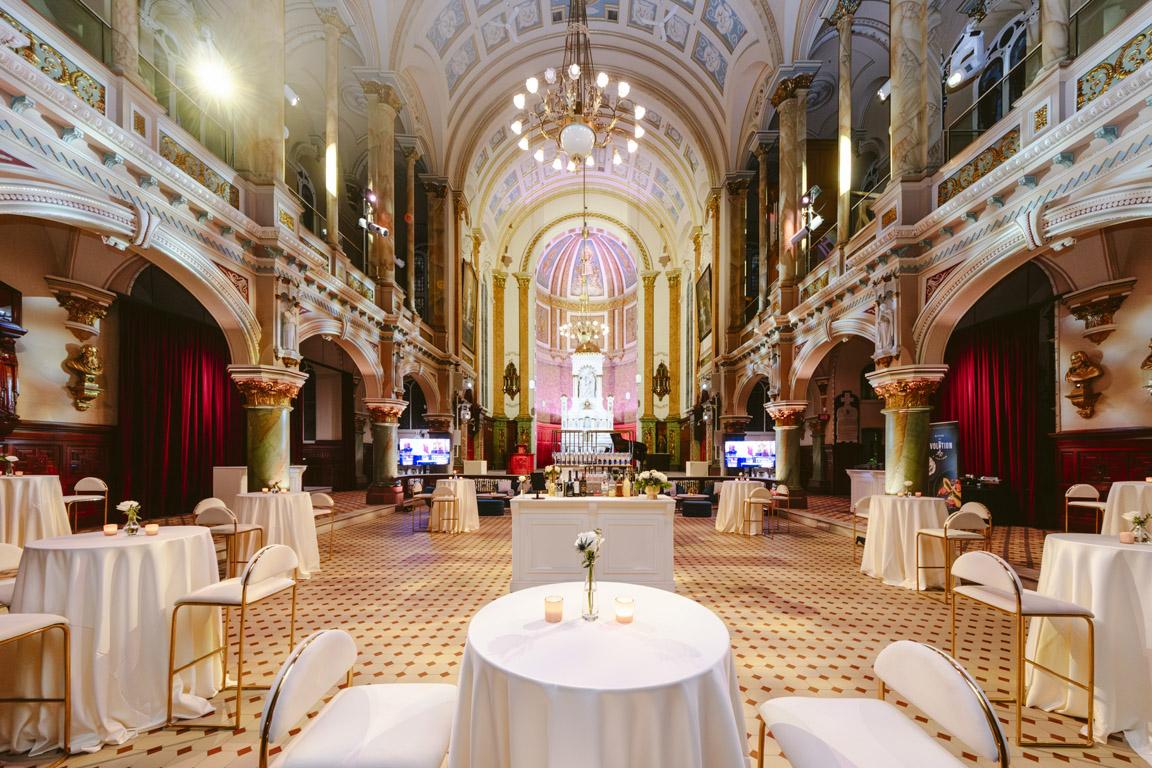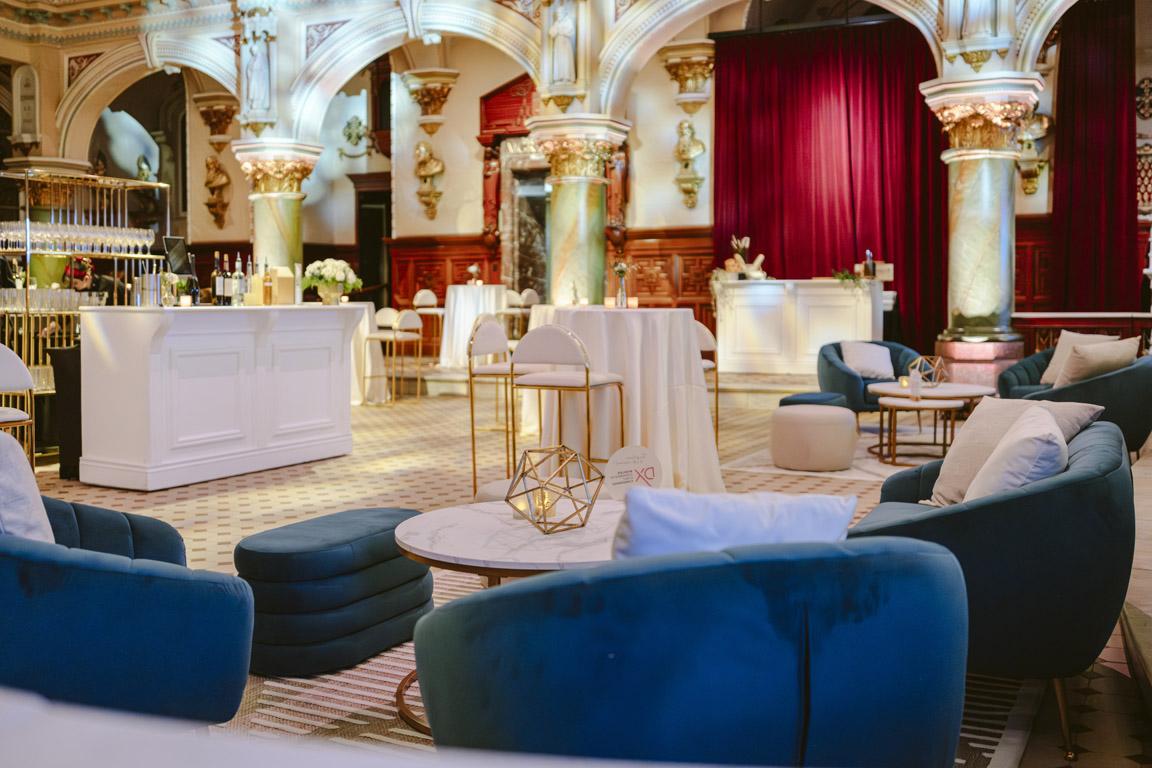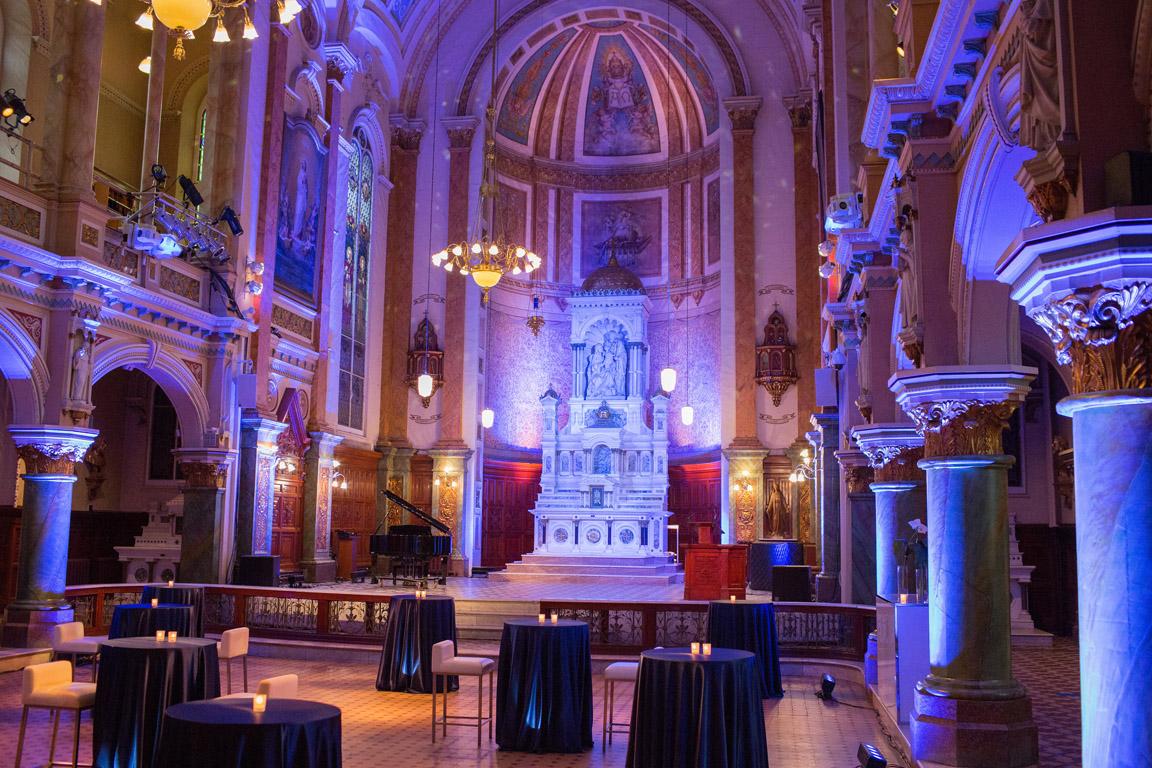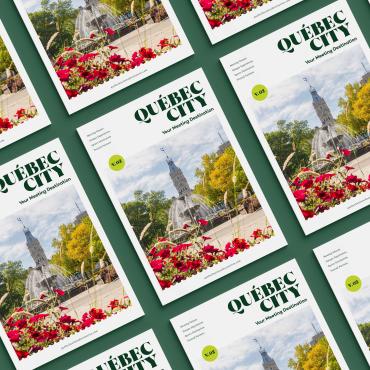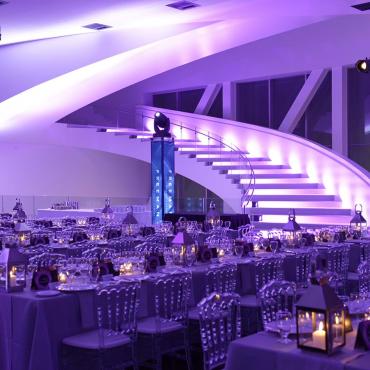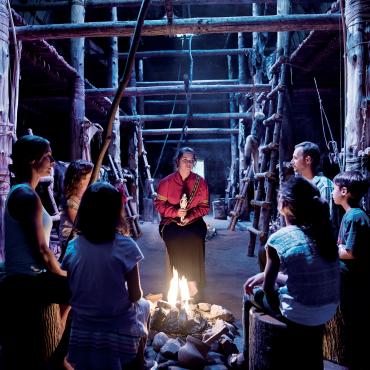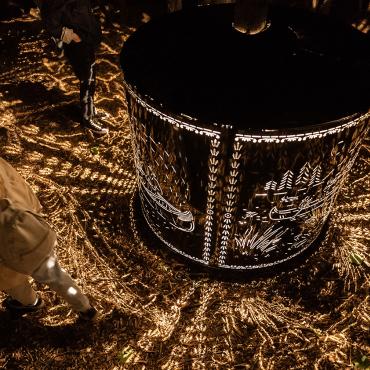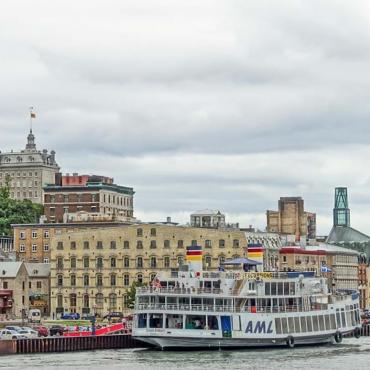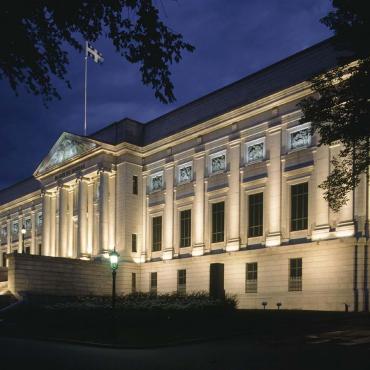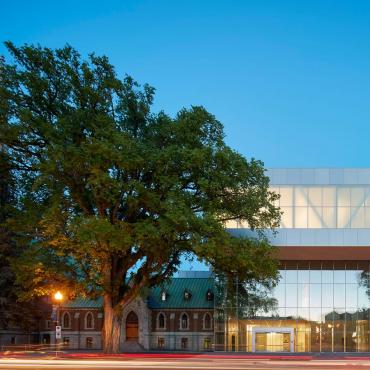The Chapelle du Séminaire restored to its full glory

A symbol of the city's rich religious heritage, the iconic Chapelle du Séminaire de Québec completed an ambitious three-year, $5.2 million renovation project in December 2024.
Built in the late 19th century, the Chapelle has earned a special place in the hearts of both residents and visitors thanks to its extraordinary acoustics, fascinating architecture, and cultural significance. The completion of this restoration marks the beginning of an exciting new chapter for this remarkable venue.
Nestled in the heart of Old Québec, the Chapelle du Séminaire is more than just a unique gathering place—it is a tribute to the city's religious past and the history of Canada. As a premier spiritual landmark in Québec City, the Chapelle houses precious relics that quietly tell the story of a heritage shaped by both French and English influences.
The building’s architecture is itself a masterpiece. Inspired by the Second Empire style and reminiscent of the Trinity Church in Paris, its design is beautifully enhanced by a white marble altar and luxurious red cherrywood details.
From fall 2021 to December 2024, restoration experts from the Centre de conservation du Québec, under the Ministry of Culture and Communications, worked to preserve the Chapelle’s architectural and decorative elements, ensuring its beauty endures for generations to come.
A meticulous restoration was carried out on the following elements:
- The ceramic floors of the chancel, nave, and aisles
- The striking white marble high altar, as well as the side and collateral altars
- The stunning stained-glass windows and trompe-l'œil painted decor
- The marble sculptures, reliquaries, and marouflaged paintings
- This large-scale project also provided a unique opportunity to integrate state-of-the-art audiovisual equipment into the historic building, allowing it to host concerts, conferences, and receptions with modern technical capabilities.
Julie Lemieux, Executive Director of the Musée de la civilisation, which oversees the site, expressed her enthusiasm for the reopening:
What a joy it is to return the Chapelle du Séminaire to the community, where its artistic beauty and historical significance can be fully appreciated through a rich program of cultural activities. I want to acknowledge the remarkable professionalism of the conservation and restoration specialists who combined their expertise to ensure this religious heritage gem remains preserved for current and future generations."
Now that the restoration is complete, the Chapelle offers an attractive capacity for holding events of all kinds:
-
Concert: 200 people
-
Banquet: 176 people
-
Cocktail: 300 people
A chapel steeped in Québec’s religious history
The Chapelle is an integral part of the Séminaire de Québec, a society of diocesan priests. Founded in 1663 by François de Laval, the first bishop of New France, the Séminaire was originally established to train men for ordination and to serve parishes and missions in the French colonies of North America. It later became a boarding school and eventually evolved into a fully recognized college. Due to its high academic standards, the institution was granted a royal charter by Queen Victoria, which ultimately led to the founding of Université Laval. In 1929, the Séminaire de Québec was designated a National Historic Site of Canada.
The original chapel, built in 1750, was destroyed by fire in 1888. A new structure was designed by architect Joseph-Ferdinand Peachy (1830–1903) and was finally consecrated in 1900. Over the years, priests, seminarians, professors, and students from both the Petit Séminaire and Université Laval regularly attended mass and Sunday vespers at the Chapelle.
Since 1992, religious services have no longer been held there. Instead, the Chapelle du Séminaire has become a sought-after venue for event planners looking to host unique gatherings, including banquets, galas, press conferences, product launches, and corporate events.
The Chapelle du Séminaire de Québec remains a testament to the city’s past, present, and future.
